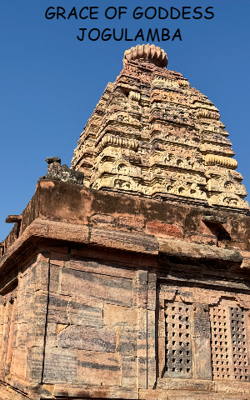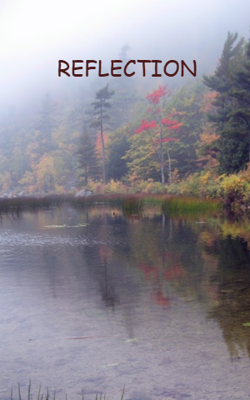Festival
Festival


India is a land of vibrant festivals, celebrated with religious devotion interwoven with fun and gaiety. Dussehra is one such festival which is celebrated all over India with local variations. It is my favorite festival. It is annually celebrated in the Autumn or Sharad Ritu, in praise of all pervasive and most powerful female principle of Divine energy, the “Shakti” personified as Durga. It is a nine nights festival called Navaratri and on 10th day is the festival of Dussehra. It is a community festival where people in each locality come together to celebrate. Schools are closed during this festival.
In south of India, in Tamil Nadu and Andhra, young girls arrange dolls for nine days, called “Bommalakolu” where a collection of variety of dolls and figurines of different sizes are artistically displayed. Some of the arrangements are thematic and elaborate also. Young girls and women visit each other’s houses and enjoy.
Married women install an Idol of Devi either in temples or common places and on each day, it is decorated in a saree of specified color for each of the incarnation of Devi or Shakti. The different alankarams or decorated forms are Balatripura Sundari Devi, Lalitha Tripura Sundari Devi, Gayatri Devi, Annapurna Devi, Durga Devi, Saraswati Devi, Mahishashuramardhani, Rajarajeshwari Devi and Mahalakshmi Devi. Puja is performed every day with devotion. Ninth day the Devi takes the form of Mahishashura Mardhini, the destroyer of the Demon Mahishashura. This is symbolic of victory of good over evil. On the 10th day the Devi assumes the pleasant and content form of Rajarajeshwari, having attained victory over evil. Finally, the idol is immersed into a water body.
The festival is celebrated at a grand scale at Vijayawada Kanakadurga temple with "Alankaram" to Devi each day as different "avataram" or incarnation
In Telangana region it is celebrated as “Batukmma “literally meaning “come back to life”. There are several stories to describe the significance of this festival form. Here is one of the stories that describes the significance of Batukamma. Daksha Prajapathy performed a Yagna and invited everyone except his youngest daaughter, Gauri, who married Lord Shiva against his wish. In spite of Shiva’s will, Gauri went to the Yagna, and she was insulted along with Lord Shiva. She was unable to tolerate the insult and sacrificed her life by setting herself in fire. Wishing to bring her back, women present her flowers and make turmeric idol of the Goddess and sing and dance around the idol of Bathukamma., praying and requesting her to come back to life. In every house, exotic and colourful seasonal flowers are used to make “Batukamma” and they all are brought to a community open place for women to sing folk and dance around the flower arrangements made by all women and in the end leave them into water body
In North of India there is enacting of Ramayana in the artform called “Ram Leela” in the evening of Nine days of Navaratri by the local talent and ends on tenth day with the death of Ravana in the hands of Rama. An effigy of Ravana is burnt to depict the victory of righteousness over evil.
In Gujarat, the devotion towards Devi Maa is expressed in the form of dances. The “Garbha” and “Dandiya “are played throughout the evening into late night in praise of goddess.
In Bengal it is a huge festival celebrated in gaiety as “Durga Puja”. Puja pandals are decorated in an innovative way all over Benga. For nine nights Maa Durga is worshipped with devotion and fervour and on tenth day the idols are immersed in the Ganges River.
In most of the regions people undertake fasting for the nine days.
Most significance feature is that people come together for these community celebrations and the victory of good over evil is celebration. This may not be an exhaustive description of Dussehra celebration in various parts of India. It is impossible to know about customs and practices of such a diverse culture. The learning continues and we are proud to be Indians.



























































